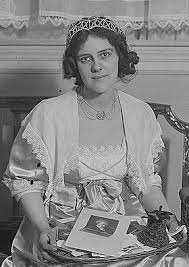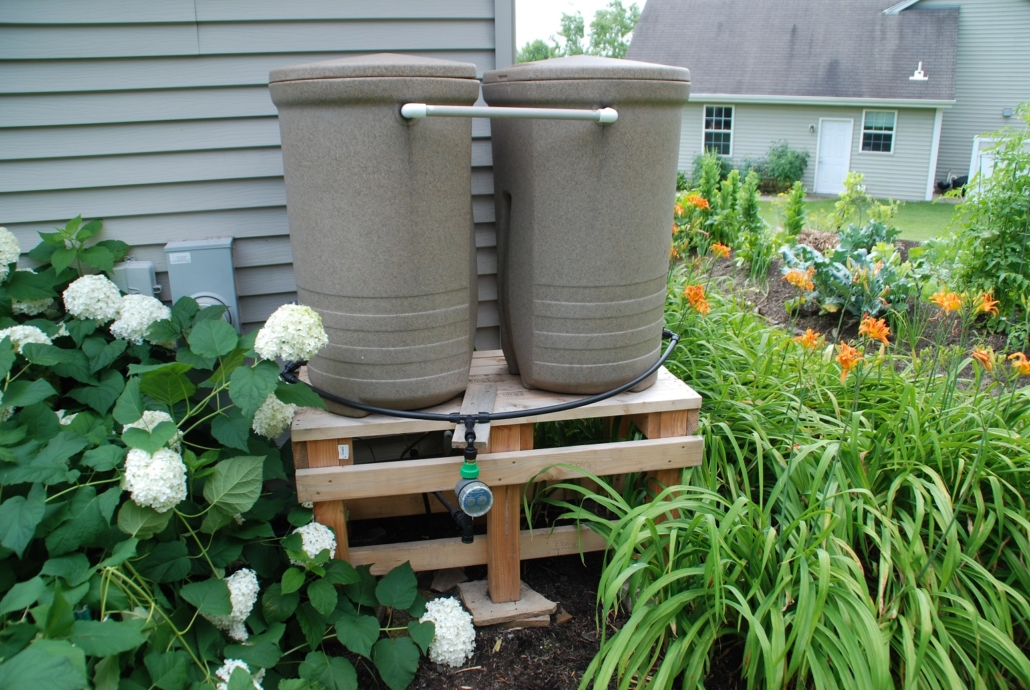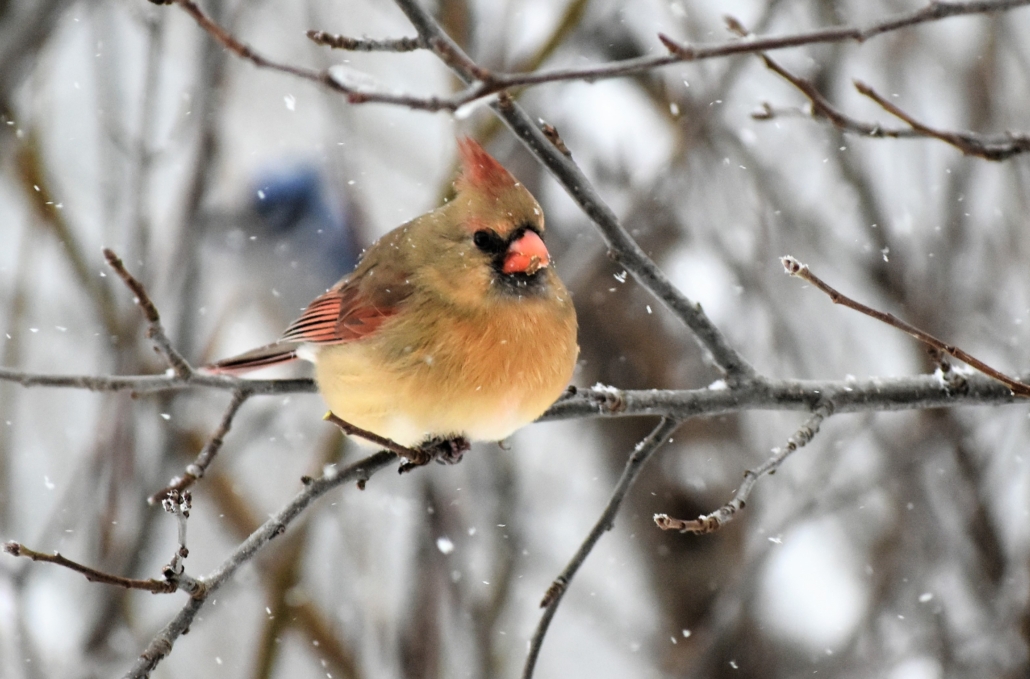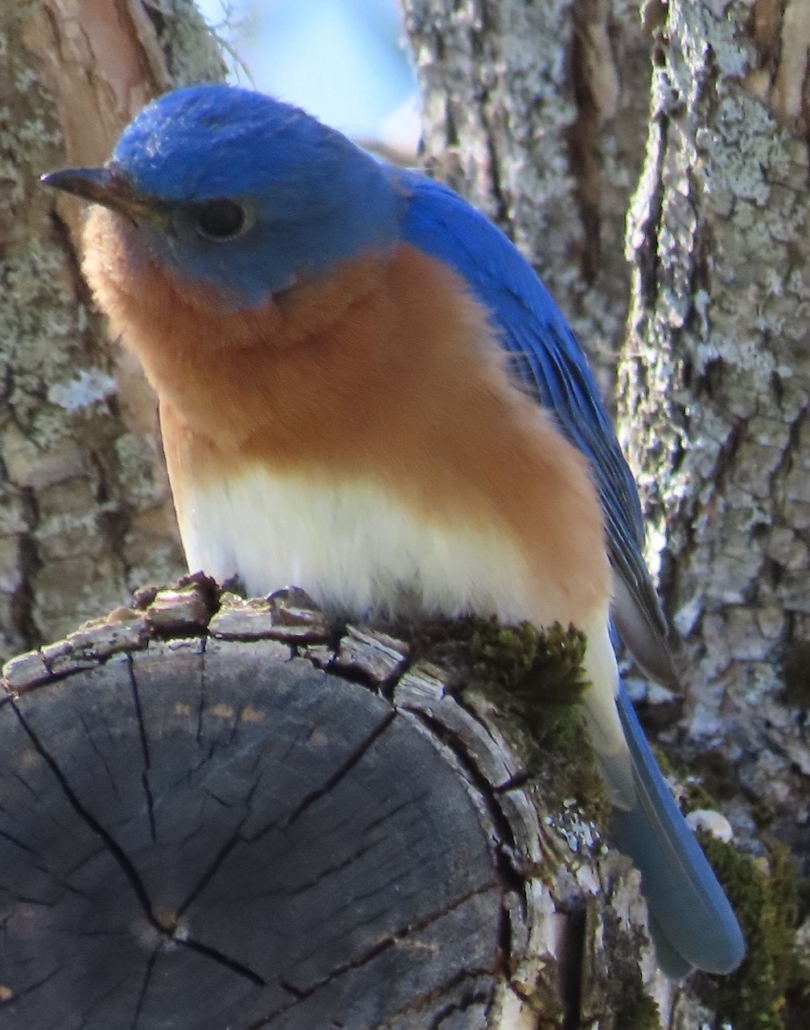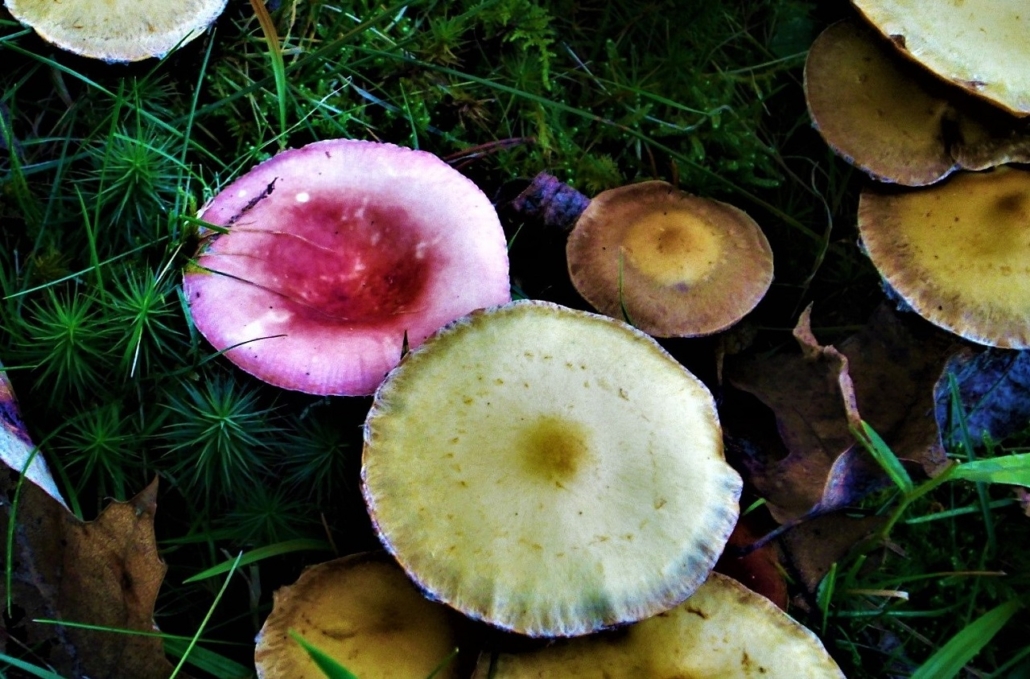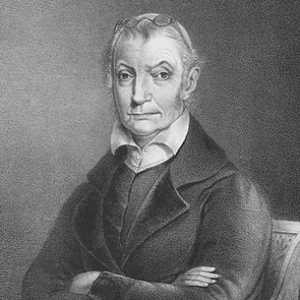REVIEW POTPOURRI – Soprano: Frances Alda; Cellist: Beatrice Harrison; Conductor: Victor Herbert
 by Peter Cates
by Peter Cates
Frances Alda
Born in New Zealand, soprano Frances Alda (1879-1952) became a big star at the Metropolitan Opera in NYC, recorded a batch of Victor acoustic discs including duets with Enrico Caruso (1873-1921) and was married to Met manager Gatti-Casazza for several years.
A two sided , ten inch Victrola (527) features her very sweet singing of two longtime favorite selections, the native American love song, By the Waters of Minnetonka and the spiritual Deep River.
Both sides can be heard via Google.
Beatrice Harrison
A blue label ten inch Victor from 1924 (45072) features English cellist Beatrice Harrison (1892-1965) playing two charming pieces, David Popper’s Spanish dance To My Guitar and Nicolai Rimsky Korsakov’s Slumber Song from the opera May Night.
Harrison came from an incredibly talented musical family; one sister being a pianist, the other a violinist.
Beatrice attracted the attention of elite musical figures in English society- composers Sir Edward Elgar, Frederick Delius and Arnold Bax, each of whom composed works with her in mind; and conductors Sir Henry Wood, Sir Thomas Beecham (he called Harrison “That talented English lady”) and Sir Adrian Boult.
She recorded Elgar’s Cello Concerto in 1920 and 1928 with the composer conducting and did concerts with Sir Henry Wood several times at the Queen’s Hall in London, including the night before it was destroyed by the Luftwaffe.
Many of her recordings can also be heard via the internet.
Victor Herbert
Another blue label Victor record, 45170, has the composer/conductor/cellist Victor Herbert (1856-1924) leading Victor Herbert’s Orchestra in Charles Wakefield Cadman’s At Dawning and Poupee Valsante’s The Waltzing Doll. The ensemble consisted of very gifted musicians who gave beautiful performances on a sizable number of very fragile shellacs under Maestro Herbert.
In 1924, he died suddenly of a heart attack while at the doctor’s office.
Radiex was one of several dime store record labels which sold for a quarter per disc. A 1926 78 release contained a Great American Songbook classic staple, the Harbach/Hammerstein /Jerome Kern “Who” and the obscure but nicely composed “I’m Glad You’re Happy Again” sung the pseudonymous Mister X, whom research has determined to be any one of several singers.



